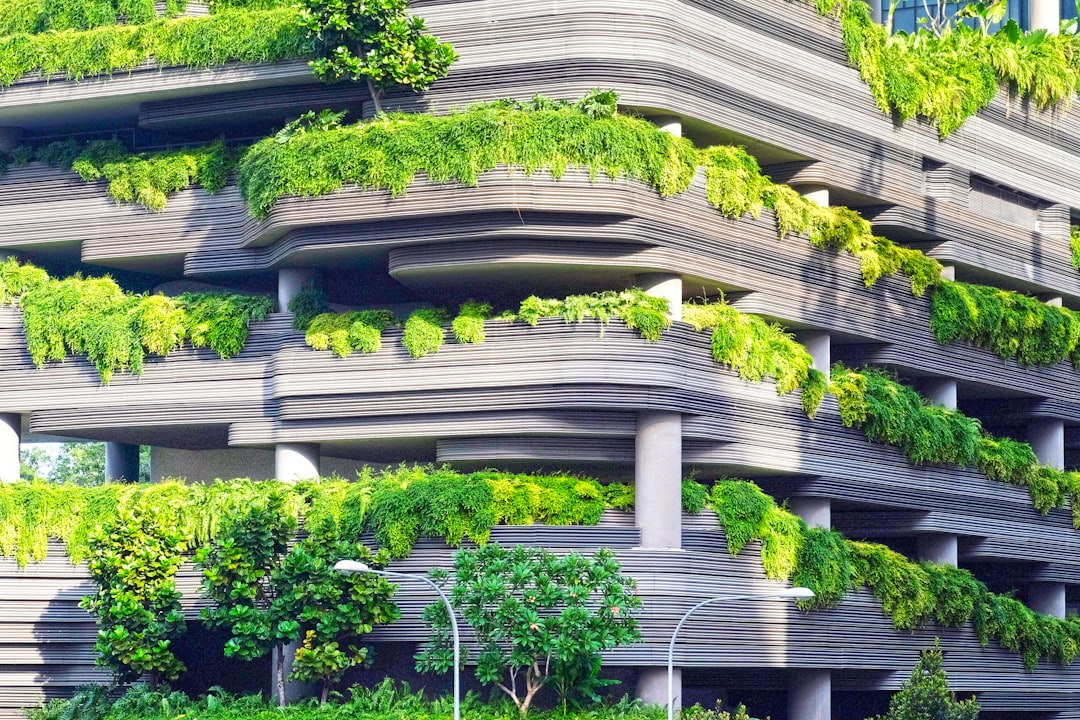What is it about?
New Canadian and American standards for concrete and bridges now provide guidelines for the design, production, curing, material characterization and installation of Ultra-High Performance Fiber Reinforced Concretes (named UHPFRC or UHPC) on structures. However, some technical aspects require more research since fundamental knowledge about UHPC is not as complete as for normal strength concretes (NSC). Among these aspects, knowledge on the properties of UHPC produced under field conditions is scarce. The main goal of the research project was to evaluate the fresh state properties (slump flow, air content, mass density, hydration heat) and hardened state properties (elastic modulus, Poisson ratio, compressive and flexural strengths) of a UHPC subjected to various mixing temperatures (10, 20 and 30°C) and curing temperatures (10, 23 and 35°C) encountered in field conditions. The impact of mixing and curing temperatures on each property is discussed and practical information is provided to help engineers planning the UHPC curing duration and formwork stripping.
Featured Image

Photo by Egor Myznik on Unsplash
Why is it important?
This work highlights the major importance of curing conditions on the properties of ultra high performance fiber reinforced concretes and proposes some useful tools allowing to predict the evolution of the UHPC compressive and flexural strengths for on-site mixing and curing conditions ranging between 10 and 35°C.
Read the Original
This page is a summary of: Impact of mixing and curing temperatures on fresh and hardened states properties of UHPC, Canadian Journal of Civil Engineering, June 2021, Canadian Science Publishing,
DOI: 10.1139/cjce-2020-0348.
You can read the full text:
Resources
Contributors
The following have contributed to this page










